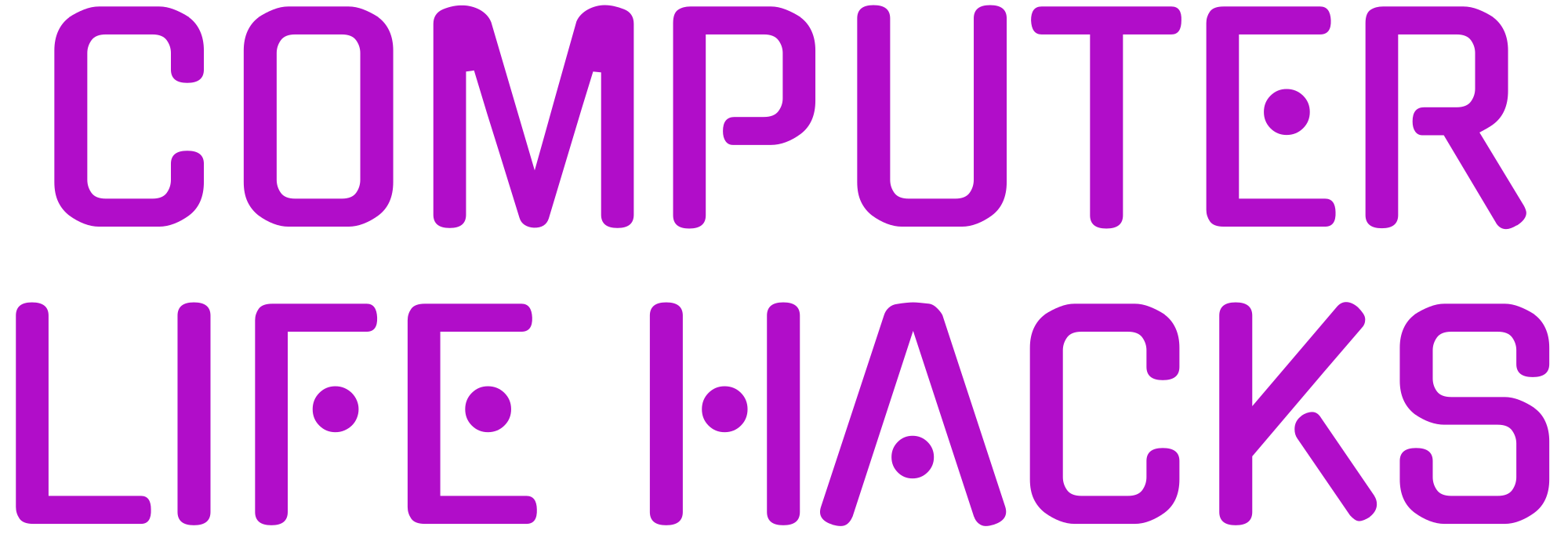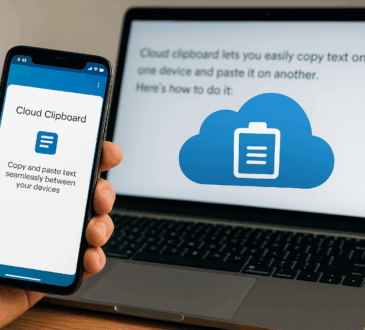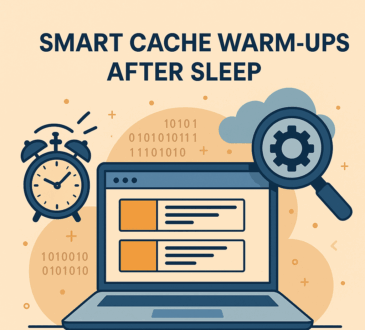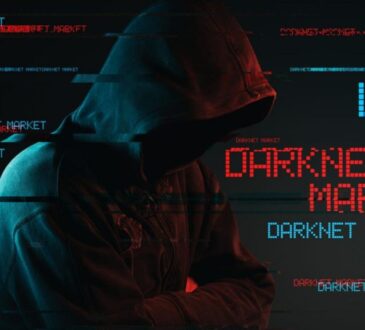
I’m a regular office human who lives by coffee, calendar invites, and a keyboard that’s seen things. Over the past year, a very 2025 trend has taken over my desk: microefficiencies—those small, repeatable tweaks that don’t feel heroic, but add up. Think: batching email checks, using three keyboard shortcuts like it’s a religion, and prepping tomorrow’s breakfast tonight. The idea isn’t new; what’s new is the evidence that these tiny moves reduce stress and keep your brain from acting like a browser with 200 tabs open.
Why Microefficiencies Matter (and aren’t Just “Productivity Cosplay”)
A July 2025 feature in The Guardian profiled people who deliberately shave off seconds from everyday routines—“make two cups of tea now, save boiling time later”—to cut mental overhead. Experts interviewed in the piece argue that these habits save not just time but decision energy. That tracks with cognitive research showing our attention gets yanked around every ~47 seconds on a screen (down from ~2.5 minutes in 2004), so fewer decisions and fewer context switches are a gift.
And it’s not just “feels right.” A randomized study from the University of British Columbia found that people who checked email less frequently reported significantly lower daily stress—a small behavioral change with measurable wellbeing gains. If your inbox is your arch-nemesis, that’s your first microefficiency.
Quick-Start List: 7 Tiny Tweaks You Can Adopt Today
- Batch Your Inbox
Pick 2–3 windows a day (e.g., 10:30, 2:00, 4:30). Disable push notifications. You’ll reduce stress and the urge to chase every ping. - Use Three “Daily Driver” Shortcuts
Start with Ctrl/Cmd+L (jump to address bar), Ctrl/Cmd+Shift+T (reopen closed tab), and Win/Opt+Arrow to snap windows. Microsoft’s support docs explicitly encourage shortcut use to save time, and even basic accelerators reduce micro-friction across the day. - Work in Sprints, Take Micro-Breaks
Short breaks of ten minutes or less improve vigor and reduce fatigue; longer breaks help performance. Mix both during longer stretches. - Pre-Decide Routine Meals
If you’re prone to “what should I eat?” spirals, set a default breakfast or lunch plan for weekdays. Reducing small decisions lightens your cognitive load. - Turn Off Nonessential Notifications
Every buzz risks a context switch. With average screen focus under a minute, you need fewer invitations to switch. - Apply the Two-Minute Rule
If a task takes two minutes or less (rename a file, send a quick reply), just do it now. It’s a classic Getting Things Done tactic that keeps tiny tasks from metastasizing into mental clutter. - Template the Repetitive Stuff
Create canned responses, meeting-agenda outlines, or file-naming presets. Your future self will send a thank-you email (templated, of course).
Mini-Table: Small Tweak → Why it Works → Where it’s Backed Up
| Tweak | Why It Helps | Evidence |
| Batch Email Checks | Fewer interruptions and lower daily stress | UBC randomized study on email frequency and stress |
| Micro-Breaks Every 60–90 Minutes | Reduces fatigue, boosts vigor; longer breaks aid performance | Review of 22 studies on micro-breaks (Time) |
| Three Core Keyboard Shortcuts | Cuts micro-friction dozens of times per day | Microsoft shortcut guidance for saving time |
| Disable Nonessential Pings | Prevents attention switches (avg. 47s on a screen) | Gloria Mark’s attention research overview |
| Default Weekday Meals | Lowers decision load; keeps energy for real work | 2025 coverage on microefficiencies trend |
A Realistic Office Worker’s Workflow (that I Actually Use)
“When in doubt, I don’t add a new app—I remove a tiny annoyance.” — me, talking to my coffee mug
- 09:00–10:30 Work block (notifications off).
- 10:30 Inbox batch #1, two-minute tasks cleared.
- 10:45–12:15 Focus block; one micro-break midway to stretch.
- 12:15 Default lunch (no decisions).
- 13:00–14:00 Meetings; template agenda keeps us on rails.
- 14:00 Inbox batch #2; schedule anything >2 minutes.
- 15:00 Short walk or quick reset; back for final push.
- 16:30 Inbox batch #3; wrap-up note using a canned template.
Common Questions (Answered Quickly, Because… Microefficiency)
Do Shortcuts Really Save That Much?
Not in one shot—but repeated a hundred times a day, yes. That’s the whole point of microefficiencies. Microsoft publishes shortcut collections for Windows precisely because they reduce routine time.
Isn’t This Just More Hustle Culture?
It doesn’t have to be. Even the Guardian’s take points out many people do this to reclaim energy or accommodate health needs—not to work more, but to work less chaotically.
How Long Should Breaks Be?
Studies suggest very short breaks improve how you feel (vigor, reduced fatigue); mix in longer ones to help performance too. Test what fits your role and team rhythm.
Bottom Line
Microefficiencies aren’t about being a productivity robot—they’re about sanding down the splinters of your day so you can focus when it matters and relax when it doesn’t. Start small: batch your email, learn three shortcuts, take real breaks, and pre-decide one trivial thing. If it frees even a few minutes (and a few cortisol spikes), that’s a win your future self will notice.




